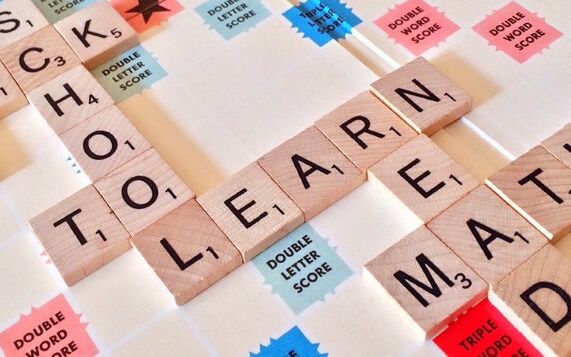Homeschooling, also known as home education
or elective home education is the education of school-aged children
at home or a variety of places other than school.
Usually conducted by a parent, tutor, or an online teacher,
many homeschool families use less formal,
more personalized and individualized methods of learning
that is not always found in schools the definition is from Wikipedia

1. Setting The Bar Too Low When Homeschooling
Research has shown that one of the greatest determining
factors in a student’s performance is teacher expectation.
This is no different for your homeschooling student.
You may think the world of your little angel,
but every parent has their biases. Admit it.
Maybe it has crossed your mind that while Muhammad is a
genius in math, he really struggles at reading.
Perhaps Rayan loves to read aloud, but she isn’t the best with numbers.
Don’t feel bad, every parent has preconceived ideas
about their child’s ability and you are no different.
However, in order for your student to reach their full potential,
it is imperative that you set aside any notions you have about
their ability and go into every lesson knowing that they will succeed.
When you expect the best, you get the best.

2. Teaching The Way YOU Liked To Learn
You may have heard from others, or experienced yourself,
that certain types of teaching styles are more successful than others.
I understand this firsthand.
Those of us with a lesser ability to navigate the roads
may need to look at a map to find our way.
Others may not retain those directions until they have driven the route themselves.
You might find that when you read something it doesn’t stick,
but when you attend a lecture or have a friend explain it to you,
everything becomes crystal clear.
Everyone learns differently.
Don’t expect that because you learn best when shown pictures,
that the same is true for your child.
Experiment with different styles of teaching and ask for your child’s
input to help you figure out what works best for them.
3. Ignoring Classroom Management
I want the classroom to be a place where my child can explore
and learn freely, I don’t want the rules to prevent them from exploring.
Unlike homeschooling that does.
I don’t need to go over the rules! My child is always well-behaved.
Parents think that because they have already established a discipline
system in their home, with rules and consequences,
that there is no need to come up with similar strategies for class time.
Well, they are wrong.
Class time needs to be separated out from your regular at-home activity.
Rules and routines specific to the classroom need to be put in place
so that it is clear for both the student and teacher what is acceptable
during learning time.
School rules and routines provide for maximum learning time,
so don’t leave them out of your plans.
4. Teaching 1 Thing at a Time In Homeschooling
When you plan your schedule for each day, do you break up your time by subject?
Reading from 8-9, math from 9-10, etc.
Of course, you do, who doesn’t? This isn’t a bad way to schedule your time either,
as long as you have a big picture in mind.
Your child will be better able to retain all the subjects that you teach if they are interrelated.
If you design units of study with a big picture or theme that applies to math,
reading, and science, they will retain more and have more fun in the process.
For example: if you want your 7-year-old to understand that animals have predictable
lifecycles don’t just teach it during science time.
Use books on the topic during reading.
Teach multiplication using frog legs (5 frogs with 4 legs each how many legs in all).

5. Teaching is Telling
This is a pretty basic mistake, but one that I still hear about all the time.
Parents explain something new to their students and don’t understand
why it doesn’t stick.
The simple answer is that teaching is not just telling.
If you want to be a good teacher, as we all do, you need to learn a variety
of ways to teach your child.

There is hands-on learning, inquiry learning, visual aids,
reciprocal teaching, and technology-based learning.
I could go on and on with different ways of instructing that can
improve your child’s learning, when homeschooling, I have a great deal of training
and experience in this area that I use on a daily basis
in my own home, but the important thing is that you
know that part of teaching is learning.
You need to constantly be seeking out new techniques
and tools to improve your skills.
As you improve so will your child.
